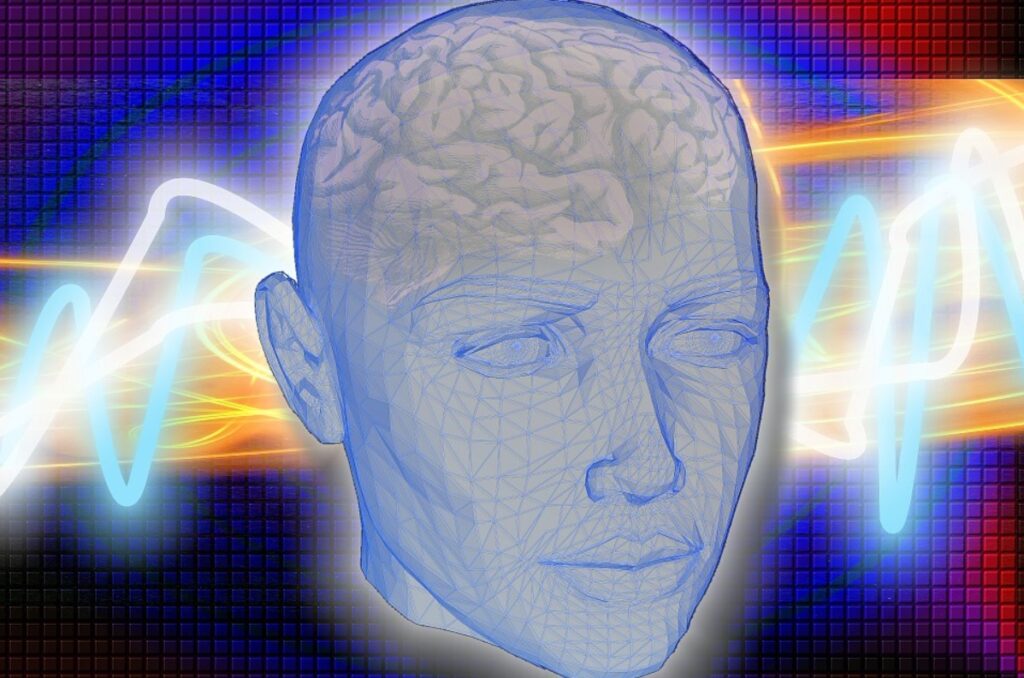Cannabis is a versatile plant that offers a variety of beneficial experiences. Marijuana can create a euphoric experience that helps alleviate pain, brightens moods, or causes a high. Meanwhile, hemp provides balance throughout the body by creating a state of homeostasis.
That’s why hemp is so helpful with immunity, skin, and digestive health. All of these benefits are thanks to our endocannabinoid system.
What Is the Endocannabinoid System?
The endocannabinoid system is a self-regulating network that helps the body maintain a state of homeostasis (balance). This vast communication network is regulated by the cells throughout our bodies.
Cells communicate any changes to the status quo, such as inflammation, viruses, or pathogenic bacteria. These intruders trigger alarms adhered to our cells known as cannabinoid receptors.
Cannabinoid receptors play an extensive game of telephone, relaying the message back to our brain. They accomplish this through impulses, electrical currents that act like a Morse code. Our brain interprets these messages. Then, it manifests a reaction.
These physiological responses could be, for instance, hormones that cause us to experience stress or anxiety. Other reactions could be the production of substance P, a protein that causes us to perceive pain in a specific area.
No matter what you’re experiencing, it’s because your body wants to draw your attention to it. That way, you can fix it, and things can return to “normal.”
In cases of anxiety, it might be your body requesting you to get out of stressful situations. Whereas, with digestive problems, your body might be telling you to eat a healthier diet. These experiences are all of your cells communicating with you. This network is the endocannabinoid system.
How the Endocannabinoid System Promotes Homeostasis
You may notice that pain, skin problems, or sleep issues might be fleeting concerns. That’s because your body produces stabilizers that help promote balance back to the system.
These lipids are known as endocannabinoids. There are two primary endocannabinoids, 2-AG and anandamide.
Endocannabinoids interact with or bind to cannabinoid receptors. This interaction soothes the excited cell, which alters the conversation happening throughout the network. The body perceives the threat as past, and homeostasis is restored.
Endocannabinoids are produced on-demand in response to mental, physical, and physiological stress. Unfortunately, humans are surrounded by stressful situations throughout the day.
Work can cause mental stress, sitting in poor posture might manifest physical stress, and eating inflammatory foods may create physiological stress.
That’s a lot of work for our endocannabinoids. The body can’t keep up with the various stressors, which causes a strain on the system. That’s how fleeting issues can start to become continuous.

How Cannabis Interacts with the Endocannabinoid System
Cannabis is an excellent way to support our overworked endocannabinoid system. Unlike two endocannabinoids, cannabis has around 113 unique compounds known as phytocannabinoids.
Phytocannabinoids also interact with our cannabinoid receptors. Each phytocannabinoid has a unique interaction with our system that dictates the experience we have.
There are two types of cannabinoid receptors, adequately named CB1 and CB2. CB1 receptors can be found across the whole central nervous system. They impact functions associated with the brain, immune cells, and some vital organs.
CB2 receptors are expressed on even more immune cells than CB1. They are also present in the digestive tract, tonsils, and spleen.
Each receptor exhibits specific reactions to each phytocannabinoid. Some stimulate only receptors, while others will attach or bind to the other. Then, some phytocannabinoids interact with both receptors.
The most well-known phytocannabinoids are 9-delta-tetrahydrocannabinol (THC) and cannabidiol (CBD). Both have distinctly different effects on the endocannabinoid system.
Effects of THC on the Endocannabinoid System
THC is the phytocannabinoid associated with smoking marijuana. Lighting marijuana flowers in a glass bowl activates THC in marijuana. THC enriches the smoke that enters the mouthpiece, which allows phytocannabinoid to get absorbed in the mouth.
Conveniently, the mouth promotes quick THC absorption, which makes for a quick introduction of THC to CB1 receptors in the brain. THC binds onto CB1 receptors, causing psychoactive effects almost immediately.
Effects of THC on the Endocannabinoid System
CBD is another well-known cannabis phytocannabinoid. This molecule is associated with hemp. It doesn’t have an affinity for CB1 receptors as marijuana does. Nor does it promote psychoactive effects.
CBD also doesn’t usually bind to receptors. It tends to stimulate activated CB2 receptors. This reaction usually promotes a calm state that enhances homeostasis.
Since the goal of CBD is to promote homeostasis, it doesn’t always ignore CB1 receptors. CBD can actually counterbalance the effects of THC by blocking this phytocannabinoid from binding to CB1!
These differences in interactions with the endocannabinoid system are why CBD is now legal in all 50 states. Hemp-based products have such low concentrations of THC and high concentrations of CBD that the THC effects are almost negligible.
